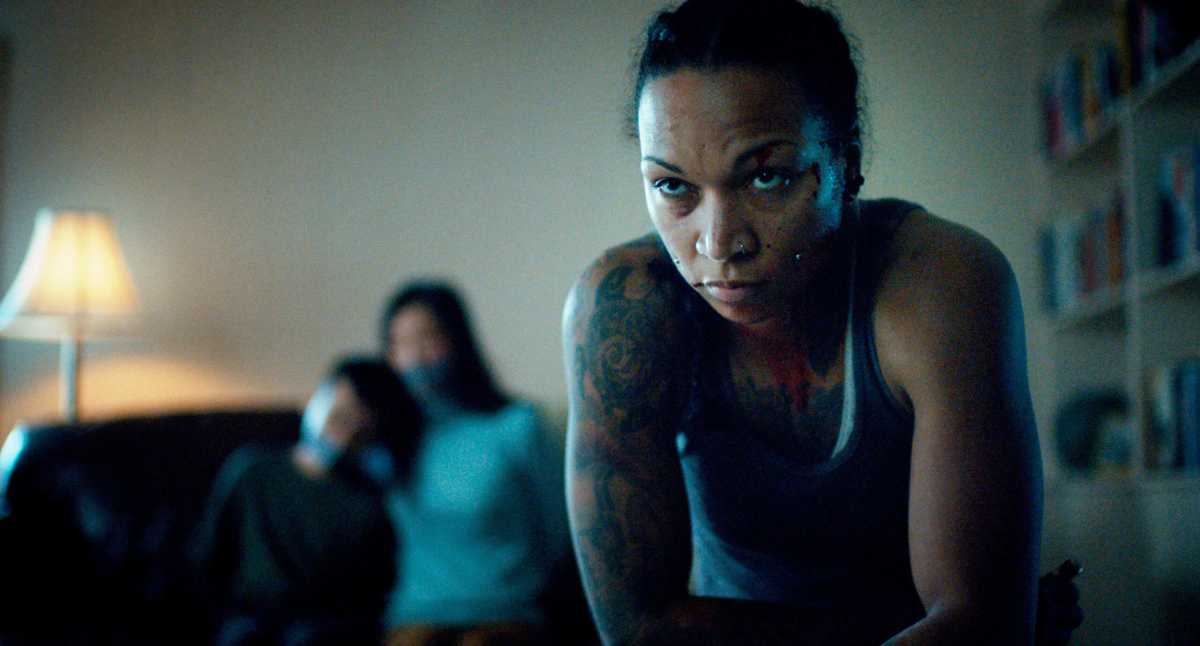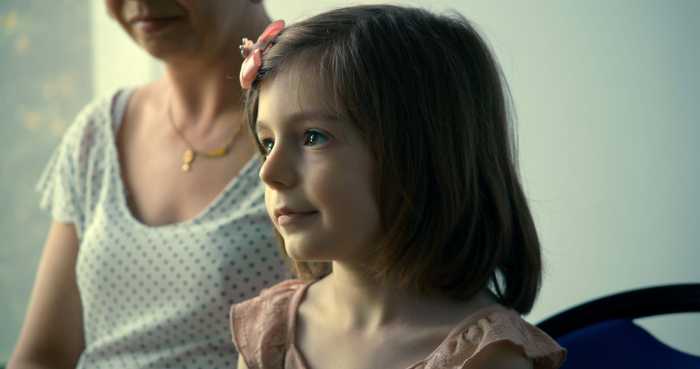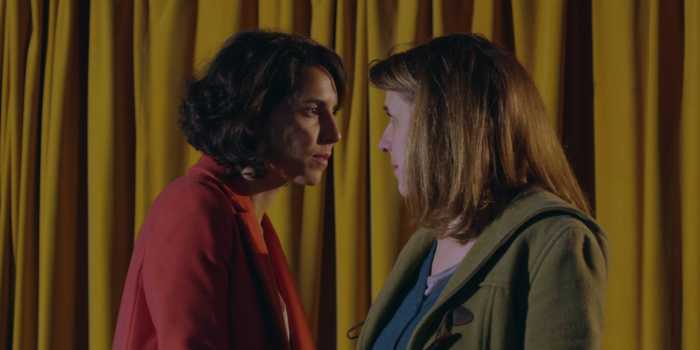“Catch the Fair One” could have gone seriously awry. Picture an action movie starring Liam Neeson or Bruce Willis as the friend of a Native American woman whose sister has been kidnapped by sex traffickers. Amidst many lurid images of half-naked women, the strong, silent heroes torture and murder dozens of people involved in the sex trade. The sister is depicted as a helpless victim in need of rescue by our action hero. Following a massive bloodbath, she’s returned to her sibling.
Although “Catch the Fair One” director Josef Kubota Wladyka is a white man, he wrote the story — which doesn’t actually involve Neeson or Willis — in collaboration with the film’s lead actor, Kali Reis. Reis is a queer woman of Native American and Cape Verdean descent. She’s also a professional boxer. Her real-life background plays a key role in her character. She plays a strong, silent type, as well, but her body is on the line, without the macho masochism of so many Stallone and Gibson vehicles. She sleeps with a razor blade in her mouth, and in one scene of “Catch the Fair One” she turns out to need that razor.
Kayleigh (Reis) is a former boxer now working as a waitress. “Catch the Fair One” bookends the main story with fantasy scenes of her preparing for a fight. Her younger sister Yeeta (Mainaku Borrero) disappeared on her way home from the gym. Kayleigh now lives in a homeless shelter. A scene where she meets her mother (Kimberly Guerrero) fills in some details — we learn that she’s in recovery from drug problems and broke up with her former girlfriend two years ago. Not satisfied with the all-indigenous support group she attends, she hatches a plan to get revenge on the man who kidnapped her sister.
“Catch the Fair One” makes purposeful use of its style, even the elements, which are quite familiar. The cinematography is extremely dark. That’s par for the course in genre films and TV these days. But Wladyka didn’t just turn off the lights. He communicates Kayleigh’s despair by having a single beam of light illuminate the dark frame. “Catch the Fair One” was shot during winter, which influenced its look. However, it also uses color purposefully. If the story has overtones of film noir, “film bleu” would be a better term for it. A metallic blue-gray look saturates its costumes and sets.
The subject matter has salacious potential, as the scene where Kayleigh “auditions” for a trafficker requires her to expose her body as he masturbates. While she has to strip down to her bra and panties, the film’s dark lighting helps it avoid a leering gaze. She never takes off all her clothes, but the man who becomes her primary target does. The audience gets to watch him shower in the nude.
Indigenous people are often forgotten about in American life. (As a scholar says in the folk-horror documentary “Woodlands Dark and Days Bewitched,” all of America is an “Indian burial ground.”) When movies and TV depict them in the present day (the recent show “Reservation Dogs” being a major exception), they’re seen as nobly pathetic victims eking out a life amidst poverty and alcoholism. “Catch the Fair One” acknowledges these problems, but it takes the male anti-hero archetype, flips the gender, and plays with our ideas about who gets to commit violence and why.
Kayleigh eventually goes full Jack Bauer, stabbing a man, twisting the knife to make it more agonizing, and waterboarding him. The choice of that torture technique seems purposeful. If one act could sum up the imperialism and warmongering America turned to as a response to 9/11, that would be it. Here, Kayleigh takes out her anger on the right target, but everyone thinks their targets are worthy. The film’s violence is brutal, never played for cheap thrills. In the end, Kayleigh and her family have been failed by American institutions. She learns that her sister was kidnapped to cater to men with a fetish for underage indigenous girls. The police have done nothing to stop this trade.
So many vigilante films are about white men whose entitlement leads them to the conclusion that they’re justified to use violence. “Catch the Fair One” doesn’t offer violence as a solution to the real-life problem of sexual abuse of indigenous girls and women, but it doesn’t have any better answers. After the first half hour, Kayleigh becomes a hardened warrior, at the cost of distance from her community. The grim vibe cuts hard, reminding us that one woman’s individual actions can only go so far in rectifying systemic violence.
CATCH THE FAIR ONE | Directed by Josef Kubota Wladyka | IFC Films | Opens at the IFC Center Feb. 11th



































